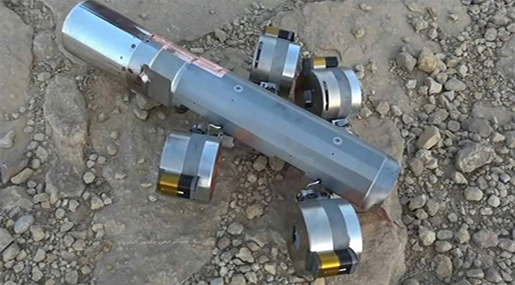
Local Editor
Evidence gathered by Amnesty International appears to confirm reports that the Saudi Arabia-led coalition forces dropped US-manufactured cluster munitions on the Yemeni capital, Sana’a, on 6 January 2016. The attack killed a 16-year-old boy and wounded at least six other civilians, and scattered submunitions in at least four different residential neighbourhoods.
For its part, the Saudi-led coalition did not confirm that it carried out any attack on the areas hit on 6 January. However, the spokesperson of the coalition’s military forces, General Ahmed al-Asiri, denied that the coalition had ever used cluster munitions in attacks on Sana’a and claimed they had only used them in one attack in Yemen, on a military target in Hajjah in April 2015.
Banned cluster bombs
Cluster munitions contain between dozens and hundreds of sub munitions, which are released in mid-air, and scatter indiscriminately over a large area measuring hundreds of square meters. Those munitions could be either air-dropped or ground-launched.
Besides, cluster sub munitions have a high "dud" rate - meaning a high percentage of them fail to explode on impact, becoming de facto land mines that pose a threat to civilians for years after deployment. Under the 2008 Convention on Cluster Munitions, which has almost 100 states parties, the use, production, sale and transfer of cluster munitions is prohibited.
Even though the USA, Yemen, Saudi Arabia and the majority of the other members of the Saudi-led coalition participating in the conflict in Yemen are not parties to the Convention, under the rules of customary international humanitarian law they must not use inherently indiscriminate weapons, which invariably pose a threat to civilians.
The organization reviewed photographs taken on 6 and 7 January in Sana’a that showed remnants of cluster munitions, including spherical sub munitions, and parts of the bomb or bombs that carried the sub munitions.
Source: News Agencies, Edited by Website Team